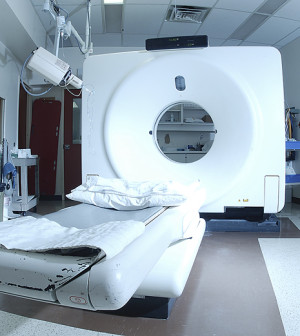- Skip Storing This Everyday Product in the Fridge Door
- Green Tea + B3 Pairing May Boost Brain Health
- Navigating Your Midlife Crisis: Embracing New Possibilities
- City Raccoons Showing Signs of Domestication
- Mapping the Exposome: Science Broadens Focus to Environmental Disease Triggers
- One Week Less on Social Media Linked to Better Mental Health
- Your Brain Changes in Stages as You Age, Study Finds
- Some Suicide Victims Show No Typical Warning Signs, Study Finds
- ByHeart Formula Faces Lawsuits After Babies Sickened With Botulism
- Switch to Vegan Diet Could Cut Your Greenhouse Gas Emissions in Half
Human Error Usually the Cause of Lack of Oxygen During Childbirth


Human error is the most common cause of infant asphyxiation at birth, according to a new Norwegian study.
Birth asphyxia occurs when a baby doesn’t receive enough oxygen before, during or immediately after birth. It can lead to brain damage and death.
In this study, researchers looked at 161 compensation claims for birth asphyxia made in Norway between 1994 and 2008. In those cases, 54 infants died and 107 survived, including 96 who suffered brain damage.
Human error was the most common cause of birth asphyxia. Half of the cases were due to inadequate fetal monitoring, 14 percent were due to lack of clinical knowledge, 11 percent were due to failure to follow clinical guidelines, 10 percent were due to failure to ask for senior medical staff assistance and 4 percent were due to errors in drug administration.
In cases where there was substandard care, the obstetrician and midwife were identified as the responsible staff 49 percent and 46 percent of the time, respectively, according to the study, which was published recently in the journal Acta Obstetricia et Gynecologica Scandinavica.
“In most compensated cases, poor fetal monitoring led to an inadequate supply of oxygen to the infant,” study author Dr. Stine Andreasen, of department of obstetrics and gynecology at Nordland Hospital in Bodo, Norway, said in a journal news release.
“Training for midwives and obstetricians, along with high-quality audits, could help to reduce claims for compensation after birth asphyxia,” Andreasen said.
More information
The University of California, San Francisco, Children’s Hospital has more about birth asphyxia.
Source: HealthDay
Copyright © 2025 HealthDay. All rights reserved.










